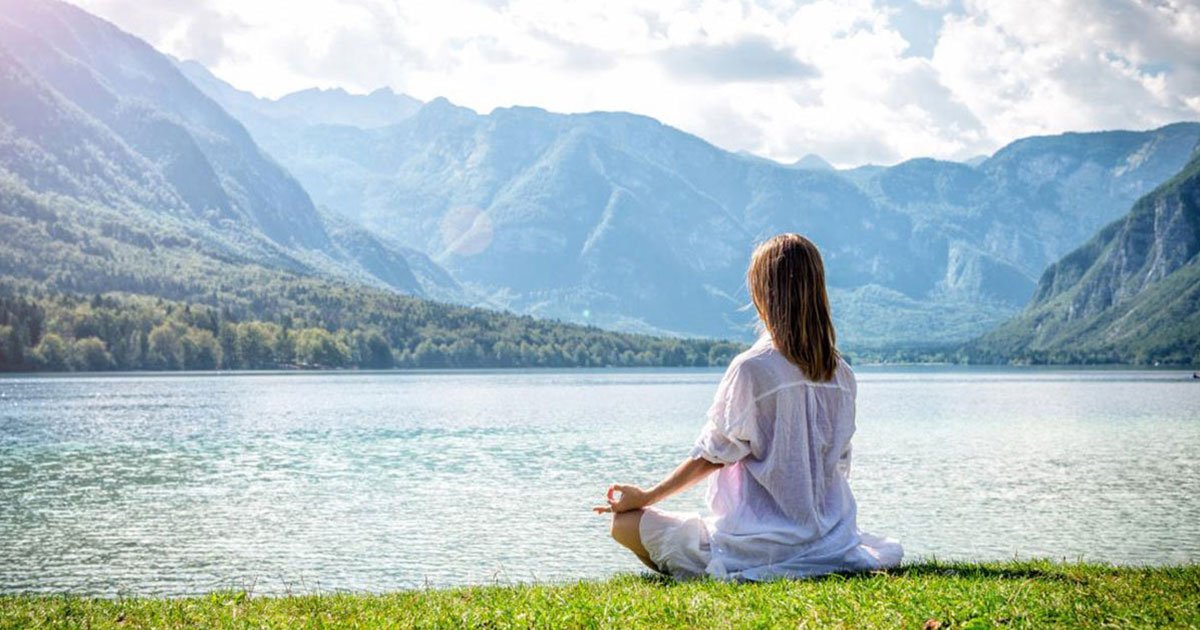Breathing is the first thing we do once we leave the womb and enter the wider World, we should be masters at this basic natural instinct – and yet the vast majority of us are getting it so wrong. Breathing correctly is a vital part of healthy living.
In this post we will share with you what the experts say on how to breath perfectly.
According to an article by Dr. Danny Penman’s in PsychologyToday.com, mindfulness “has been clinically proven to beat depression and enhance happiness, clarity of thought, and even decision-making and creativity.” Dr. Penman added that breathing, which is the cornerstone of mindfulness, can help ease your anxiety and stress.
Breathing techniques if done correctly can be very effective, because your breath reflects and amplifies your emotions. When you breathe incorrectly, which many of us do, you can worsen your anxiety, depression, and stress levels.
When you are faced with sudden moments of stress, the body will become tense and you will begin to take shallow breaths. Shallow breaths decrease oxygen levels in the blood, which the brain interprets as stress. You start to breathe a bit faster and shallower. Your oxygen levels fall, your heart starts to race, and the brain becomes more stressed.
Breath better, live better
Dr. Penman recommends the following breathing exercise:
A gently rising and falling breath stimulates the parts of the brain and nervous system responsible for creating a sense of calm tranquillity. Soothing hormones flow through the body, calming negative thoughts. You begin to relax and breathe even more slowly and deeply. . . It’s a virtuous circle.
Lungs bring fresh oxygen into your body. They remove the carbon dioxide and other waste gases that your body’s doesn’t need.
To breathe in (inhale), you use the muscles of your rib cage – especially the major muscle, the diaphragm. Your diaphragm tightens and flattens, allowing you to suck air into your lungs. To breathe out (exhale), your diaphragm and rib cage muscles relax. This naturally lets the air out of your lungs.
With every breath, the old moment is lost; a new moment arrives.
We exhale and we let go of the old moment. It is lost to us. In doing so, we let go of the person we used to be.
We inhale and breathe in the moment that is becoming. In doing so, we welcome the person we are becoming.
We repeat the process. This is meditation. This is renewal. This is life
To gain a sense of its power for yourself, try this simple exercise:
- Lie flat on the ground with a cushion under your head. Close your eyes.
- Place your hands on your stomach. Feel them rise and fall as you breathe in, and out.
- Submit to the natural rhythm of the breath. Feel the air as it flows in and out of your body. Relax into the breath’s fluidity.
- Within a few breaths, your heart will begin to slow and beat more effectively. Your breath will start to become deeper and more rhythmic. You will begin to relax and think more clearly.
Most of us breathe incorrectly, especially when we’re sitting slumped at desks all day long. This interferes with the natural motion of the lungs, chest and shoulders.
Breathing relies on the big, powerful muscles of the diaphragm, the abdomen and the intercostal muscles between the ribs. It is helped along by the smaller secondary muscles of the neck, shoulders and upper ribs.
When you are upset, anxious or stressed, or spend too much time sitting in one position, the abdomen tenses and prevents the big primary muscles from working, leaving the secondary muscles to do all the work.
But the secondary muscles are designed to shoulder only 20 percent of the burden, so they become stressed. If this continues, it can lead to chronic tension in the shoulders and neck, to headaches and fatigue, and to increasingly shallower breathing.
You can counteract such tension by using a simple breath-based meditation. All you need is a chair, your body, some air, your mind—and that’s it.
Here’s how:
- Sit erect in a straight-backed chair with your hands in your lap. Close your eyes.
- Focus your attention on your breath as it flows in and out. Stay in touch with the sensations of each in-breath and out-breath.
- When your mind wanders, bring your attention back to the sensations of breathing. In. Out.
- The moment you realise your mind has wandered away from the breath is the meditation. It is a moment of mindfulness.
- After a few minutes, or longer if you can manage, open your eyes and soak up your surroundings.
After spending a few minutes practicing this meditation, you’ll feel less anxious, stressed, and unhappy. You’ll have gained a bit of mental clarity and realised that your breath is one of your greatest assets. It is naturally meditative and always with you. And peace is only ever a single breath away.
Dr. Danny Penman provides a concise guide to letting go, finding peace, and practicing mindfulness in a messy world, simply by taking the time to breathe. With these simple exercises he teaches you how to dissolve anxiety, stress, and unhappiness, enhance your mind, and unleash your creativity. You will start to smile more, worry less, and with each little moment of mindfulness, discover a happier, calmer you.
Sources:













